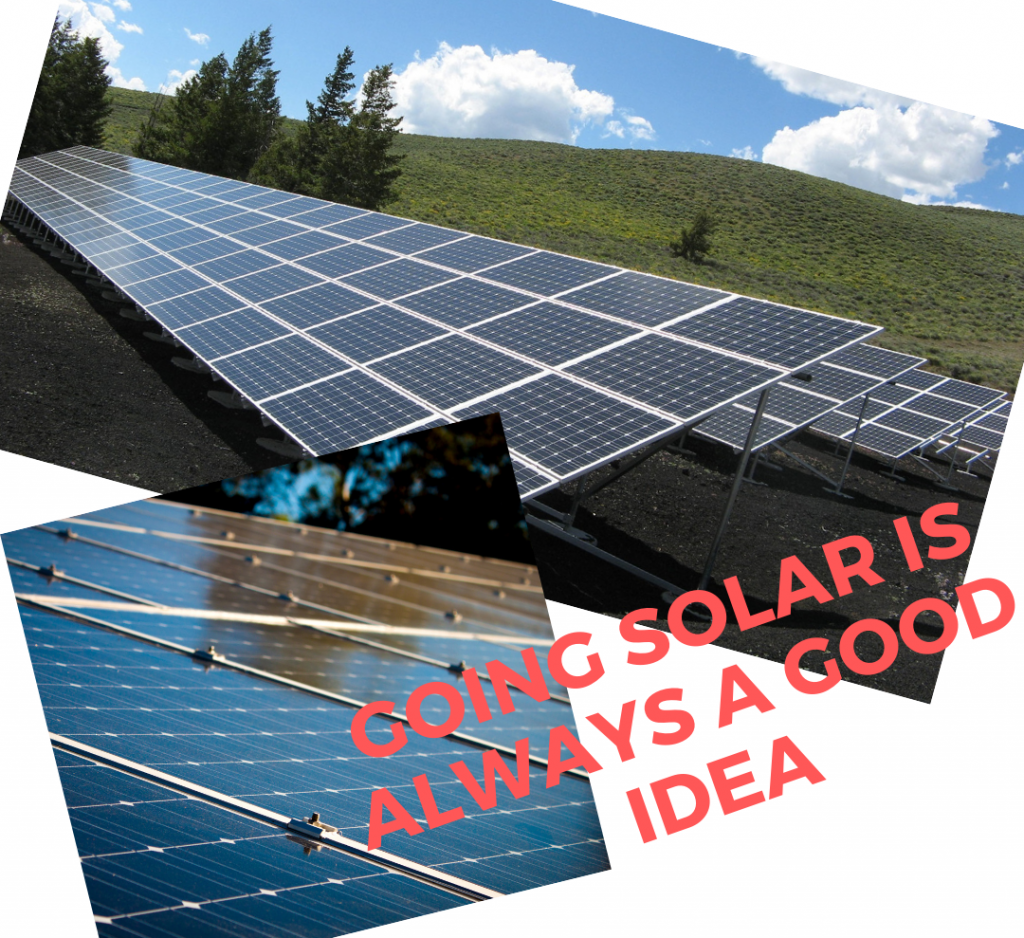Renewable Energy Supplies About 7% of our Needs
Renewable energy supplies about 7% of all energy consumed in the United States, says the Energy Information Administration. More than 50% of renewable energy is used to generate electricity. China leads the world in total renewable energy consumption thanks to several large hydroelectric projects, but the U.S. is second in renewable electricity production. However, the U.S. is by far the largest consumer of non-renewable energy in the world.
Oil is Important but it is Not Renewable.
Though energy (including petroleum) consumption is down in this recessionary period, the annual U.S. per capita consumption is about 25 barrels of oil, as opposed to Japan at 14, Britain at 11, and China at 2 (and growing). As Peter Tertzakian’s book is titled, world oil consumption is “A Thousand Barrels a Second”. Oil is very ingrained in our society, supplying the fuel for our cars and planes, the means to  heat and cool our homes, to fertilize lands and feed animals, to store and cook food, to transport goods nationally and internationally.
heat and cool our homes, to fertilize lands and feed animals, to store and cook food, to transport goods nationally and internationally.
Petroleum-based products are as diverse as heart valves, aspirin, computer parts, footballs, and disposable diapers. Oil and natural gas provide 61% of our domestic energy needs, are powerful sources of energy and they are necessary. But, on the negative side, they are not renewable and supplies will one day start to recede (sooner or later). The U.S. imports about 65% of its oil needs, and though this number may have gone down over the last year due to the recession and lower consumption (some estimates are at 57 to 59%), relying on imports can be an issue for national security. And of course, oil is not friendly to the environment.
All Sources of Energy Need to be Developed
There is no question that oil is necessary, and that no other energy can meet its strength. However, it also seems clear (even to oil companies)  that we need to develop all sources of energy. Indeed, renewable energy is expected to grow. The EIA projects the total American electricity generation from renewable energy may reach 16% by 2030. Wind power has made the largest strides among renewable energies recently, growing by 50% between 2007 and 2008 (yet still providing a minuscule percentage within the overall renewable energy category). Renewable energy has a long way to go.
that we need to develop all sources of energy. Indeed, renewable energy is expected to grow. The EIA projects the total American electricity generation from renewable energy may reach 16% by 2030. Wind power has made the largest strides among renewable energies recently, growing by 50% between 2007 and 2008 (yet still providing a minuscule percentage within the overall renewable energy category). Renewable energy has a long way to go.
Something that may help it along is state-mandated Renewable Portfolio Standards (RPS). RPS essentially requires a certain amount of electricity be generated (or acquired) from renewable sources. More than half of the U.S. states have RPS in place, but many have escape clauses if the costs go too high. Others have delayed implementation. The EIA, among others, tracks the states and their RPS policies.
Difficulties Facing Green Energy?
What can work against the development and implementation of renewables?
- The new technologies are often capital-intensive, and these days the banks are not open to much financing and capital is not abundant. Consumers (whether they are residential consumers or commercial consumers) have to weigh the cost and immediate benefits.
- To help offset the expense, tax credits or other federal or state incentives need to be in place for a long period of time, rather than short periods.
- Some of the technologies are still being developed, and consumers may hesitate to buy, waiting for the next best version.
- There is also some resistance to change and the unknown. And there can be other kinds of resistance, too. There are many stories of residential communities fighting against windmills in their “neighborhoods”, for instance.
Renewable energy has a long way to go, but the frontier is opening and many see it as full of opportunity.
